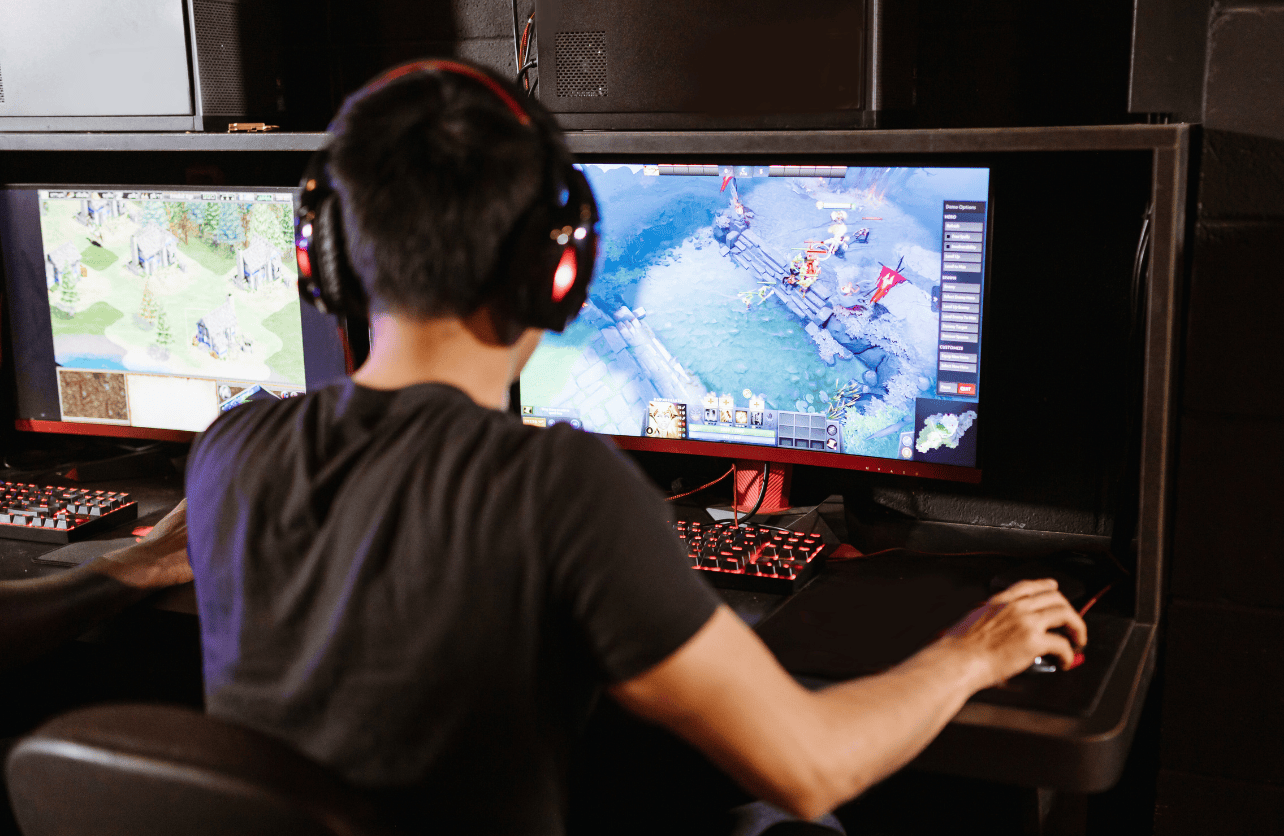How to Optimize Your Gaming PC for Competitive Play

Competitive gaming leaves no room for sluggish performance. When you’re in a high-stakes match, even a moment of lag or dropped frame can cost you the win. Fortunately, you don’t need to overhaul your entire rig to gain a performance edge—most gains come from smart system optimizations. Whether you’re playing shooters, MOBAs, or real-time strategy games, this guide covers everything you need to sharpen your system for smooth, low-latency gameplay.
Keep Your Software and Drivers Up to Date
Outdated drivers are a common performance bottleneck. Always ensure your GPU drivers, motherboard chipset, network drivers, and Windows OS are current. GPU manufacturers like NVIDIA and AMD regularly release game-specific optimizations that can noticeably improve frame rates or fix bugs.
Also, make sure your BIOS and chipset drivers are updated, especially if you’re running newer hardware.
Turn on Windows Game Mode
Game Mode is a built-in feature in Windows 10 and 11 that reallocates system resources in favor of your game. It minimizes background processes and prevents Windows Update from kicking in mid-session.
Navigate to Settings > Gaming > Game Mode.
Toggle the feature on.
While it’s not a miracle worker, Game Mode helps maintain consistent frame rates, especially on mid-range or older systems.
Dial In Your In-Game Settings
Maxed-out graphics settings may look stunning, but they’re often counterproductive in a competitive context. Aim for high, consistent frame rates rather than visual fidelity.
Resolution: Stick with your monitor’s native resolution unless your frame rate suffers. Lowering it can give a performance boost.
VSync: Disable it to reduce input delay.
Shadows, Reflections, and Post-Processing: These are visually intensive. Set them to low or off.
Anti-Aliasing: Use minimal AA (or none) if you’re struggling to maintain 60+ FPS.
Field of View (FOV): In games like Apex Legends or Valorant, a wider FOV improves spatial awareness, but don’t push it so far that it tanks performance.
Streamline Startup Programs and Background Apps
Many applications launch at startup and consume memory and CPU cycles even when idle. Use Task Manager to trim the fat:
Press Ctrl + Shift + Esc, then go to the Startup tab.
Disable anything that’s non-essential for gaming.
Also, shut down apps like web browsers, Discord (if not using in-game voice), or anything running in the system tray before launching a game.
Optimize Network Settings
Low ping and stable connectivity are non-negotiable in competitive play.
Use Ethernet instead of Wi-Fi for a more stable connection.
Disable background updates or downloads while gaming.
Use a Quality of Service (QoS) setting on your router to prioritize gaming traffic.
Tools like PingPlotter can help diagnose latency issues if you suspect your connection is unstable.
If you’re using game servers based on geographic location, always pick the closest available server region.
Upgrade Key Hardware If Needed
If your PC is still struggling after software tweaks, it may be time to upgrade a few components:
RAM: 16GB is the sweet spot for modern competitive games. Anything less can cause stuttering.
GPU: For 1080p/144Hz gameplay, an RTX 3060 or RX 6700 class or above is ideal.
Storage: An SSD drastically improves load times and system responsiveness compared to a traditional hard drive.
Monitor: A high refresh rate (144Hz+) monitor reduces input lag and smooths motion, which is crucial for FPS games.
Improve System Cooling
Excess heat can cause your CPU or GPU to throttle performance. Even if your parts are technically capable, poor cooling will undercut them.
Clean your fans and heatsinks every few months to remove dust.
Ensure your case has good airflow—ideally with intake and exhaust fans.
Use software like HWMonitor to check temperatures. If yours regularly exceeds 80°C, consider upgrading your cooling.
Use PC Optimization Tools Wisely
There are tools out there that promise one-click optimization. Some are bloatware, but a few are genuinely helpful.
Hone.gg: Designed for gamers, it can automatically adjust system settings and clean up background processes.
MSI Afterburner: This is not just for overclocking; it’s also great for real-time monitoring of FPS, CPU usage, and temps.
Windows Storage Sense: Built into Windows, it clears temporary files and old update backups that clutter your drive.
Avoid third-party registry cleaners—they often do more harm than good.
Summing Up
Optimizing your gaming PC for competitive performance is less about chasing flashy specs and more about removing friction—anything that stands between you and peak responsiveness. Start with updates and system tweaks, fine-tune your game settings, and only then look at hardware upgrades if needed.
Your Trust, Our Core Commitment
At Rising Tech, earning and maintaining your trust is the cornerstone of our mission. We're dedicated to transparency, impartiality, and the relentless pursuit of truth in every article, review, and recommendation we publish. Our commitment to these principles ensures that you, our valued reader, are always equipped with reliable and unbiased information. Let us be your trusted guide in the ever-evolving world of technology.